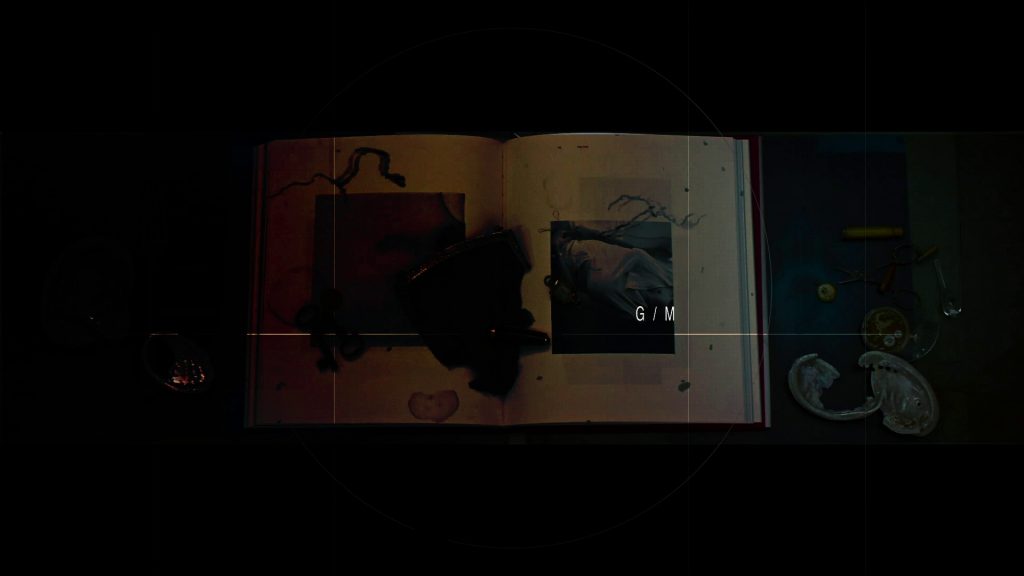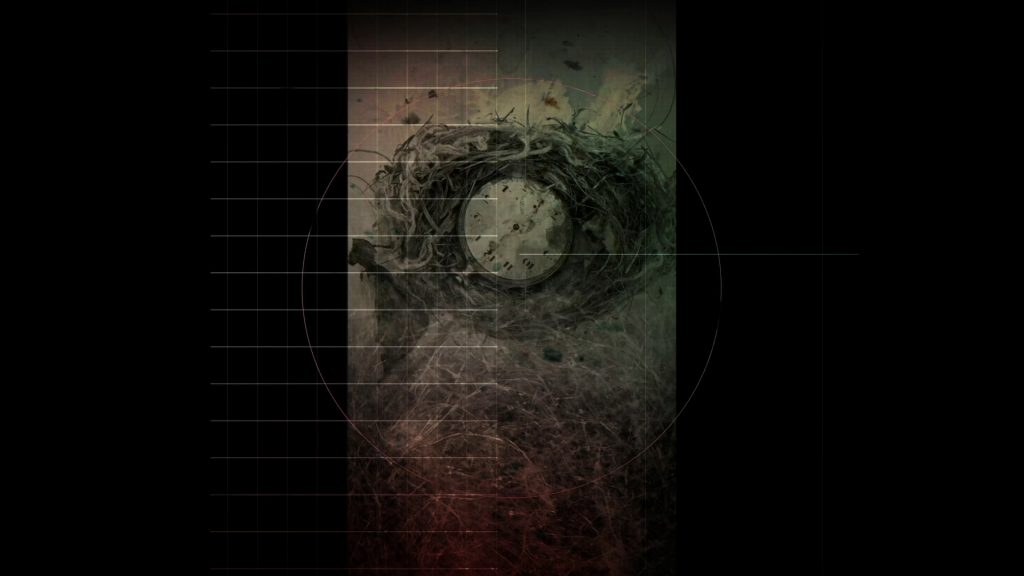Bologna in Lettere 10th
BĂBÉL stati di alterazione
Azione 7
International review of poetry and video-art
ARTE-FATTI CONTEMPORANEI
A cura di Maria Korporal, Enzo Campi
Isabel Peréz del Pulgar
Μέδουσα / Medusa
Première video Giovedì 28 ottobre ore 20.00
sul canale youtube del Festival

“Most of the women who have woken up remember having slept, having been asleep” (CIXOUS, 1995: 17).
Women “have been put to sleep” by a complex symbolic framework that has progressively somatized asymmetric gender relations and has hampered their ability to freely be and feel like women. The autonomy of women as social subjects is diluted in what Foucault calls the “microphysics of power”, that is, the invisible domination that unconsciously installs itself on consciousness to achieve “docile bodies”, transmitting objects of a supposedly natural cultural system (FOUCAULT, 1998: 185). In this way, women have been reified in myths as symbolic objects and archetypal characters to encode an androcentric thought that has made them invisible throughout history, in a spiral of relationships based on dominance and subordination. The myth of Medusa turned into a monstrous being is conceived as a punishment for the rape she suffers at the hands of Poseidon. Medusa takes the blame for her own rape and she bears the punishment for Poseidon’s aggressive behavior in the form of physical deformity. The beheading of her at the hands of Perseus is the destruction of her power and knowledge, leaving a dismal and robotic body. Hélène Cixous in “The Laughter of Medusa”, it affirms; “The mythologically beheaded woman is seen (or at least partially seen) does not see; she is blinded and those who have beheaded her are blinded to her true nature. She transforms from a subject who sees an object simply seen, a degraded and faceless body”

Isabel Peréz del Pulgar
Born in Granada (Spain) with residence in France since 2015. Graduate in Geography and History with the specialty of Art from the University of Granada. In the mid-2000s, it adopted video as a mode of creation, expression and experimentation. As a plastic vehicle where movement, sound and pictorial vision come together. At the same time that peformance is acquiring greater presence as a means of work. The body as protagonist element and narrative conductor. Tensioned physicality architecture of space – time.
His work as an artist in the fields of painting, photography, and especially his work in video art and short film has been the subject of numerous exhibitions and international exhibitions; Rencontres Traverse Video (France), Videomedeja (Serbia), Fonland (Portugal), Art Miden festival (Greece), TEA (Canary Islands), Retransmission (Mexico), Fivac (Cuba), Acciones al margen (Colombia), Femmes Videoart Festival (USA), IVAHN (Spain), MADATAC (Spain), Now&After (Russia), NEMAF (Korea), AVAF Festival (Ethiopia), Casa Bunuel (Mexico), WOW Art Film Video Festival (Germany), Vostell Malpartida Museum (Spain), visionXsound international experimental video (Austria), El espacio de la mujer, La Neomudejar (Madrid), Dactiloscopia Rosa, Naves Matadero (Madrid), VIDEOsPAIN (Spain). Collaborations with international artists and musical composers; Filmkonsert with Manssoor Hosseini (Sweden), La topología des neuf cercles with Rey Eisen (France). Collaborations with the sound artist Javier Pinango and the composer Antenor Ferreira.
Among his recognitions: “3ème” prix de la competition One Minute Corona movie FIAV Casablanca (Morocco), Audience Award. – ATLANTICA VISUAL-ART Vol. IX. Islantilla Cineforum International Film Festival. Award for Best Work in Visual Creation + Special Mention from the Jury for Best Experimental Work 5th edition of the European Audiovisual Creation Competition CTL 59″ (Spain). Special prize of the jury MADATAC 06 ,Madrid (Spain). Second prize VEA (Mexico). Bop Decameron Award (Italy)
